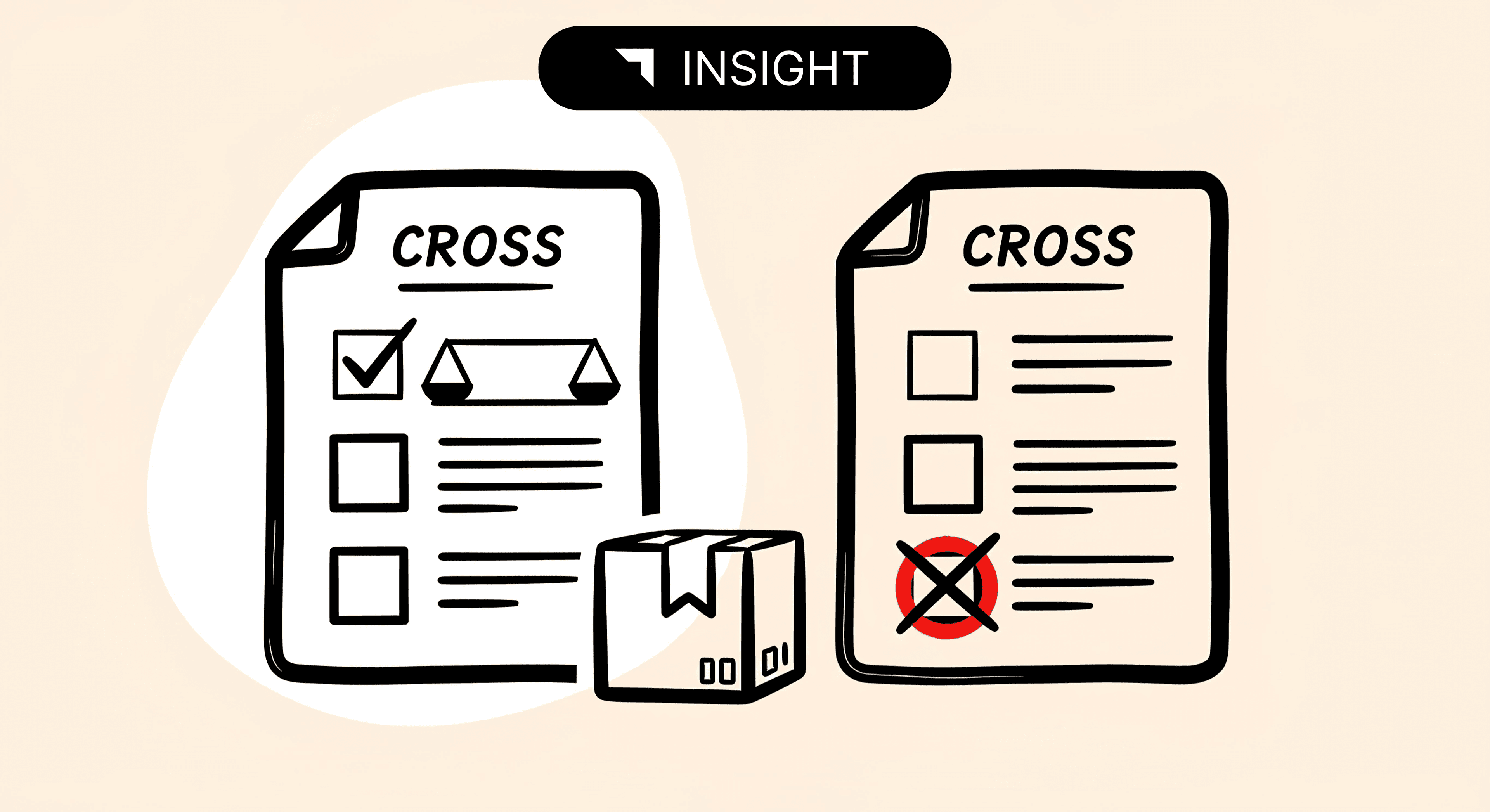
Export Snapshot: Australia - What U.S. Exporters Need to Know About AUSFTA
Australia remains one of the United States’ most stable and complementary trading partners, with a bilateral relationship grounded in shared economic priorities, regulatory transparency, and strong intellectual property protections. The United States–Australia Free Trade Agreement (AUSFTA), which took effect in 2005, continues to play a key role in expanding exports, reducing tariffs, and strengthening cross-border investment.
Overview of U.S.–Australia Trade
- U.S. Exports to Australia: Over $30 billion annually, led by industrial machinery, aircraft, vehicles, and medical equipment.
- Australian Exports to the U.S.: Approximately $18 billion, primarily in beef, wine, minerals, and medical instruments.
- Tariff Treatment: Most goods traded between the two nations enjoy zero tariffs, with simplified customs procedures under AUSFTA.
- Trade Balance: The U.S. typically runs a trade surplus, supported by high-value manufactured exports and services.
Key AUSFTA Advantages
- Tariff Elimination: Nearly all U.S. industrial goods enter Australia duty-free, creating major cost advantages for exporters.
- Simplified Rules of Origin: AUSFTA uses clear, product-specific rules that simplify compliance and origin certification.
- IP Protection: Strong intellectual property and data protections encourage technology, life sciences, and software exports.
- Mutual Recognition: Streamlined conformity assessment procedures for electrical equipment, medical devices, and telecom goods reduce testing delays.
- Government Procurement Access: U.S. firms can compete for Australian federal and state government contracts on equal footing with local suppliers.
Strategic Export Opportunities
| Sector | Opportunity | Compliance Note |
|---|---|---|
| Medical Devices | Expanding demand for diagnostic and treatment technologies | Ensure labeling aligns with Australian Therapeutic Goods Administration (TGA) standards |
| Defense & Aerospace | Strong alignment through AUKUS partnership and joint R&D | Review dual-use controls under EAR and ITAR |
| Renewable Energy Equipment | Australia’s energy transition opens export channels for solar and grid tech | Verify local content thresholds under government programs |
| Software & Data Services | Digital trade provisions support cloud, AI, and analytics exports | Comply with Australian Privacy Act and data localization standards |
| Agricultural Equipment | High demand for U.S. precision agtech and irrigation systems | Confirm tariff-free entry under AUSFTA Annex 2-B |
Documentation and Compliance Tips
- Use AUSFTA Certificates of Origin only when claiming preferential duty rates.
- Maintain records for five years to support origin verification audits.
- Verify that manufacturing or assembly steps meet the “substantial transformation” rule for origin qualification.
- Monitor any HS code updates or ruling requests that may affect classification or preference eligibility.
- Coordinate with licensed customs brokers experienced in AUSFTA procedures for smooth clearance.
Emerging Trends and Risks
- Supply Chain Realignment: As geopolitical tensions with China evolve, both U.S. and Australian firms are diversifying sourcing and logistics routes.
- Digital Trade Integration: Ongoing discussions may expand AUSFTA digital provisions, easing AI and cloud services export.
- Sustainability Standards: Expect greater scrutiny on environmental declarations and carbon accounting in upcoming trade initiatives.
Why It Matters for Exporters
AUSFTA gives U.S. exporters a competitive edge in a high-value, low-risk market. By combining tariff-free access with predictable regulations, it remains one of the most reliable platforms for expanding into the Indo-Pacific region.
Whether your business manufactures high-tech equipment, provides digital services, or exports agricultural solutions, aligning your classification, documentation, and compliance strategy with AUSFTA rules can unlock long-term cost savings and market stability.
Before your next shipment, consider using advanced tools like Trade Insight AI to verify HTS codes, confirm rules of origin, and simulate tariff impacts across multiple jurisdictions.
Series Note:
This article is part of the Export Snapshot series, a recurring look at key U.S. trading partners and the trade agreements shaping global export strategy.


